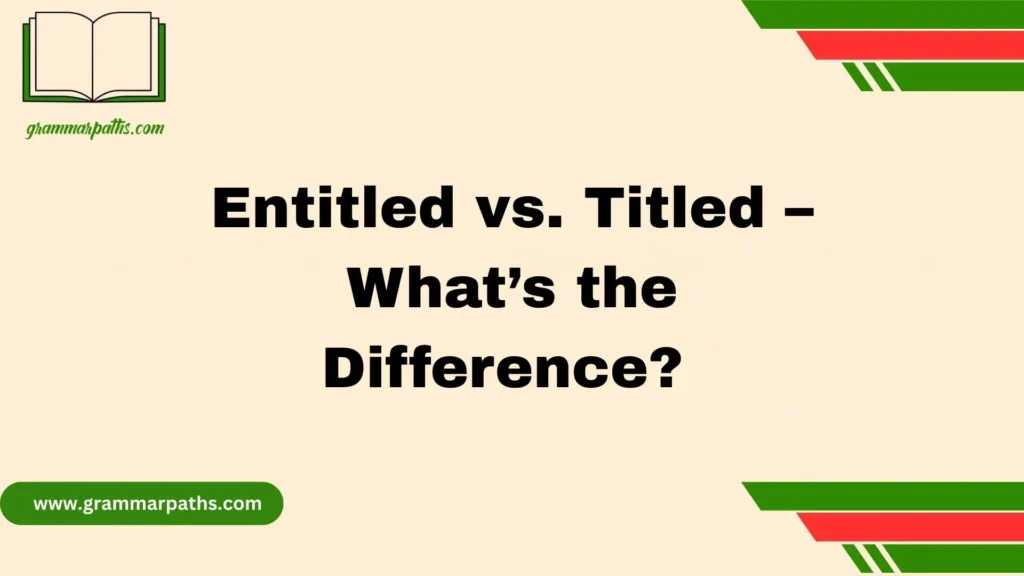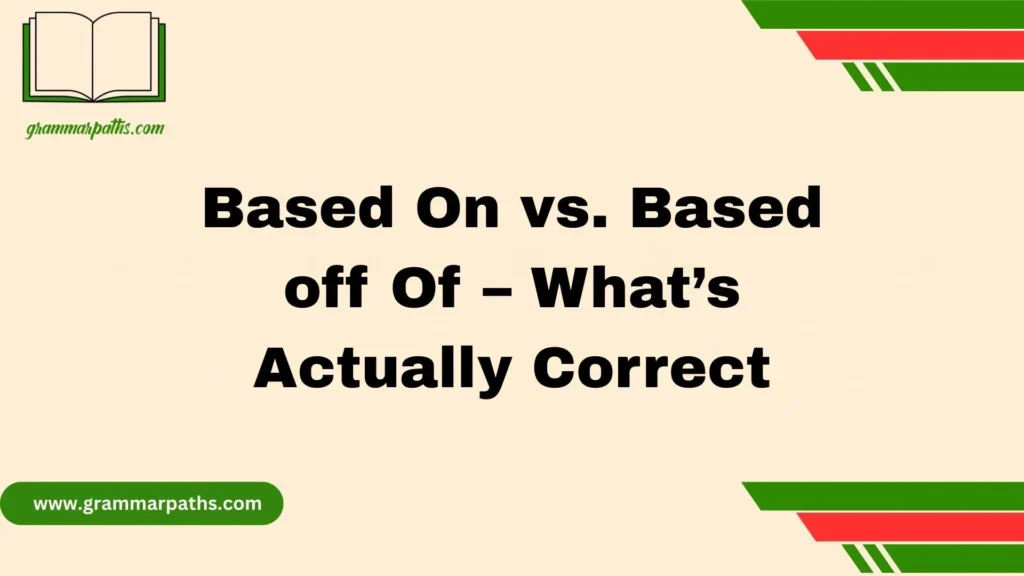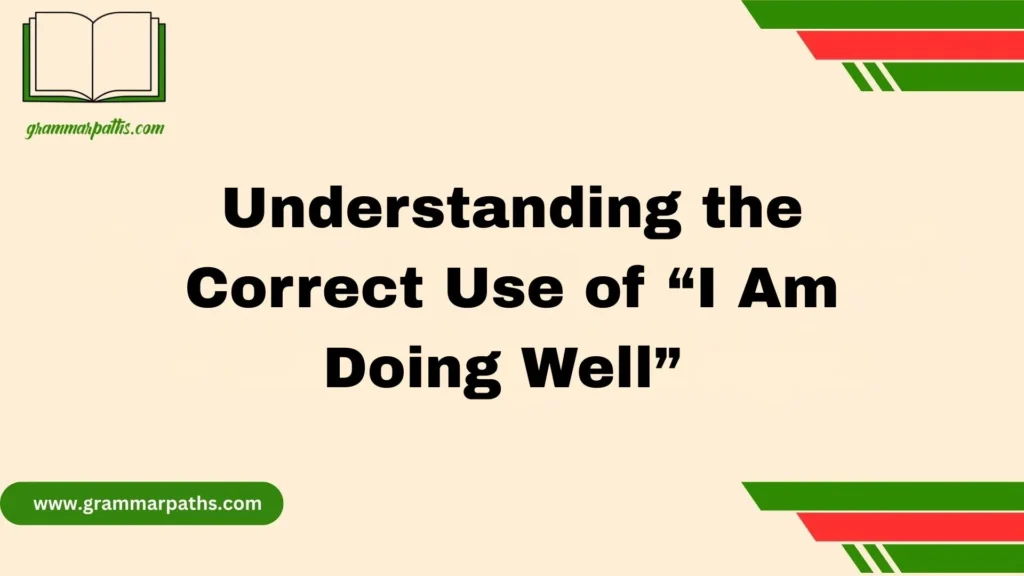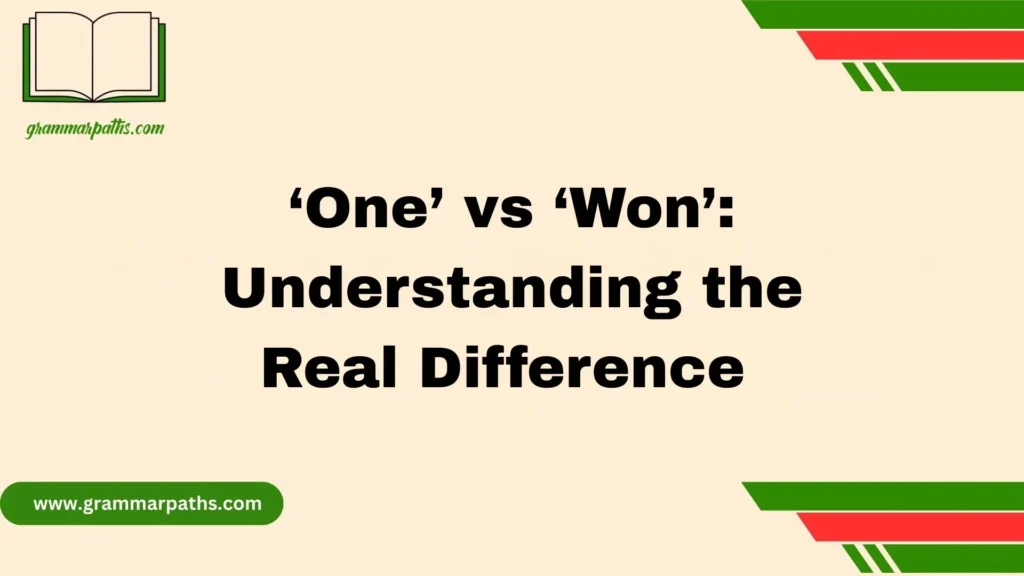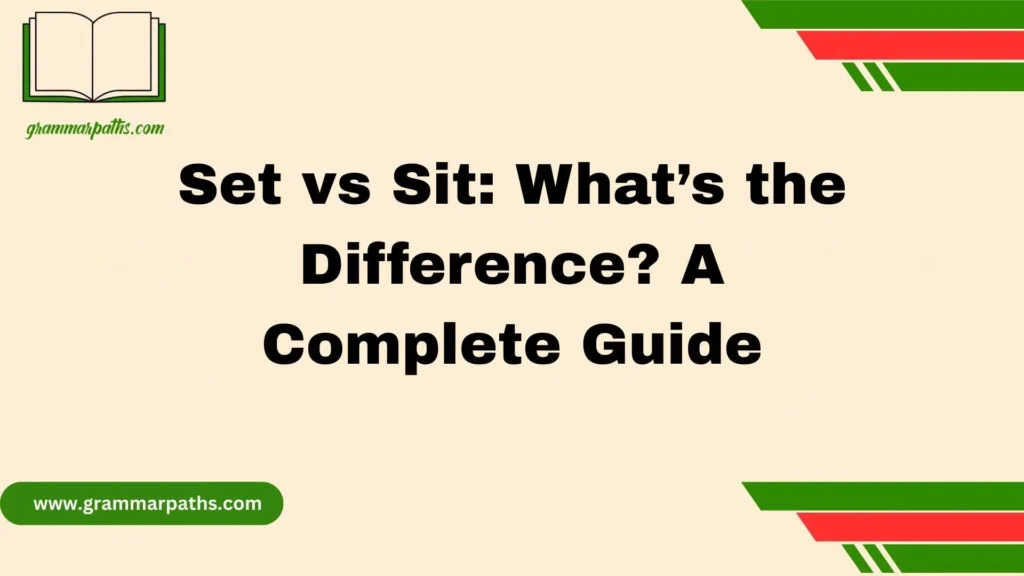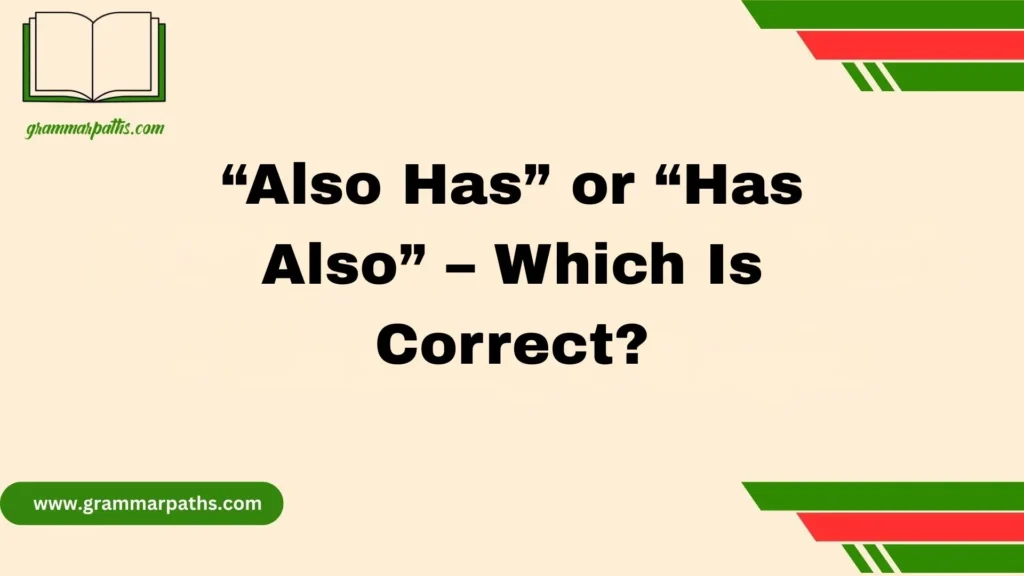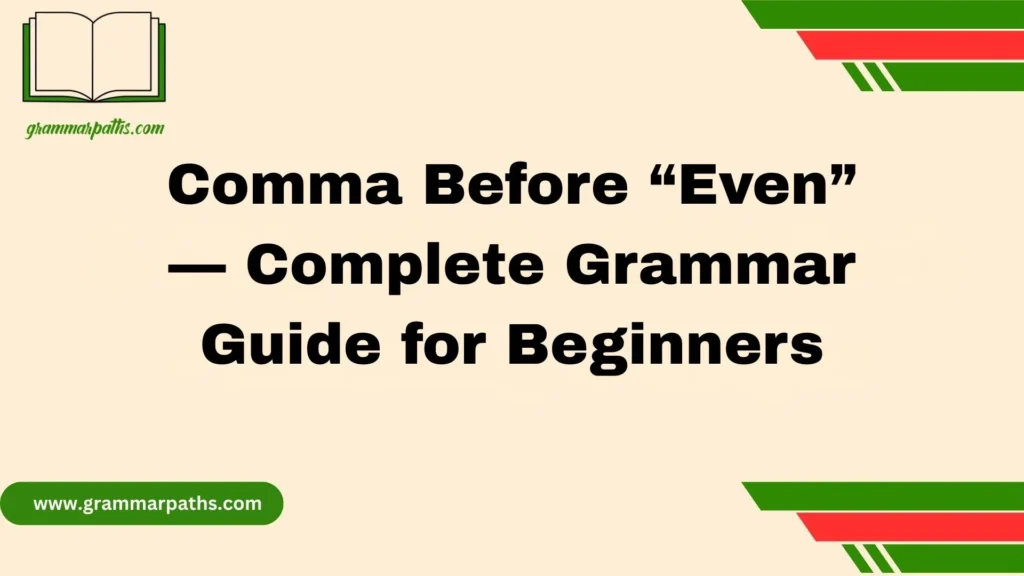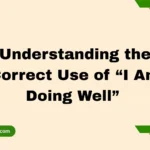In everyday conversations, we often rely on simple yet powerful phrases to help us connect with others. One of those underrated gems is “Hi there.” At first glance, it might seem like just another casual greeting, but from my own experience, it’s actually a great way to set a warm, approachable tone. It creates an instant sense of connection—friendly, but not too familiar. Whether you’re saying it to a friend, a coworker, or even a stranger, it strikes that sweet spot between being polite and inviting.
What’s interesting is how naturally it works. Most of us don’t even realize how much we rely on subtle cues—like a smile, eye contact, or a slight head tilt—that go hand-in-hand with the phrase. These small gestures help shape the moment, even if we process them subconsciously. That’s a big reason why “Hi there” continues to feel natural and effective in so many different settings.
As someone who works closely with language, I see “Hi there” as more than just a friendly opener. It’s actually a versatile tool that adapts to the situation. In a formal email, it can come across as inclusive and approachable. In a quick text, it feels casual and cheerful. That ability to shift with the context is what makes it so useful today.
At its core, “Hi there” is a social guide. It helps communicate your intention without needing a long explanation. It may seem simple, but the fact that it’s still going strong proves just how effective it is at keeping our interactions smooth, friendly, and human.
The Real Origin of “Hi There”
The phrase “Hi there” isn’t just a random greeting slapped together. It evolved naturally from traditional salutations like “hello” and “hi.” Linguists trace its rise to the early 20th century, when informal English started shifting toward friendlier, more casual expressions.
“There” in greetings served to add a sense of presence without being overly direct. You’ll often find “Hi there” popping up in American media from the 1950s onward—especially in movies and TV shows, where it’s used to sound approachable without being too formal. Meanwhile, British English tends to favor simpler greetings like “Hello” or “Hiya,” though “Hi there” has been gaining ground globally thanks to pop culture.
What Does “There” Actually Mean in “Hi There”?
At first glance, “there” seems like just a filler word, but it subtly changes the greeting’s flavor. Linguistically, “there” acts like a softener—it distances the speaker slightly, making the greeting feel less intrusive or demanding.
| Greeting | Tone | Degree of Formality |
| Hi | Neutral, straightforward | Casual |
| Hi there | Friendly, slightly distant | Casual, approachable |
| Hello there | Polite with warmth | Slightly more formal |
| Hey there | Relaxed, sometimes playful or flirty | Very casual |
In simple terms, “Hi there” feels like a gentle wave from across the room, not a direct tap on the shoulder. It creates a bit of space and invites a response without pressure.
“Hi There” in Real Conversation: Usage by Age, Culture & Region
Different people use “Hi there” in distinct ways:
- Younger generations (Gen Z and Millennials) often reserve “Hi there” for playful or ironic tones in texts, sometimes stretching it out as “Hiiiii there” to add humor.
- Older generations might use “Hi there” as a polite, easygoing greeting without any sarcasm.
- In American English, it’s more common, especially in casual emails or chats.
- In British English, people lean toward “Hello” or “Hiya,” but “Hi there” has gained popularity, especially online.
- Australia and Canada also show frequent use of the phrase in informal conversation.
Cultural note: In some cultures, adding “there” can signal warmth; in others, it might sound distant. So always consider your audience.
When (and When Not) to Use “Hi There”
Knowing when to use “Hi there” can save you from sounding awkward or unprofessional.
Use “Hi There” When:
- Writing a casual email or text to someone you don’t know well
- Starting a light conversation or chat message
- Greeting someone in an informal setting like social media or forums
Avoid “Hi There” When:
- Sending a formal business email, job application, or professional introduction
- Greeting someone for the first time in a serious context (e.g., interviews, official meetings)
- When a more personal or direct greeting is expected (e.g., addressing a close colleague by name)
Think of “Hi there” as a friendly icebreaker rather than a serious, respectful salutation.
Is “Hi There” Professional or Too Casual? Let’s Set the Record Straight
In the professional world, tone matters more than ever. Using “Hi there” can either make you sound approachable or unprofessional depending on the setting.
| Setting | “Hi There” Use Case | Recommended Greeting Alternatives |
| Casual work email | Acceptable for peers, informal tone | “Hi [Name],” “Hello,” |
| Customer service reply | Friendly and welcoming | “Hi there!” or “Hello, how can I help?” |
| Job application or interview | Too casual and vague | “Dear [Name],” or “Hello [Name],” |
| LinkedIn connection message | May seem impersonal | “Hi [Name],” or “Hello [Name],” |
A case study by a communication consultant showed that professionals who use greetings like “Hi there” in formal emails sometimes risk sounding less credible. Instead, using a person’s name or a more formal greeting builds trust and respect.
Does “Hi There” Sound Flirty, Distant, or Friendly?
Tone depends on how you say it:
- A cheerful “Hi there!” with an exclamation can come off as warm and inviting.
- A flat “Hi there.” might feel distant or disinterested.
- A slow, drawn-out “Hii there…” might hint at flirtation or sarcasm.
Psychologists note that greetings like this serve as social signals, revealing attitude and emotional state. When you greet someone with “Hi there,” they subconsciously guess your mood and intentions.
Examples:
- Friendly: “Hi there! Great to see you.”
- Neutral: “Hi there.” (said with no smile, arms crossed)
- Flirty: “Hi there…” (soft tone, eye contact)
Sample Conversations & Scenarios
Text Message
- Friend: Hi there! How’s your day?
- You: Hey! Pretty good, you?
Email Opening
- Too casual:
Hi there,
I wanted to check in about the project… - Better:
Hi Sarah,
I hope you’re doing well. I wanted to check in about the project…
In-Person Greeting
- Casual: “Hi there, long time no see!”
- Professional: “Hello, good to meet you.”
Responding to “Hi There”: What’s the Right Move?
Your reply shapes the tone of the conversation.
- Match casual: If someone says “Hi there!” cheerfully, reply in kind: “Hey! How are you?”
- Upgrade for professionalism: If the context is more formal, respond with a clear greeting and your name: “Hello, nice to meet you. I’m [Name].”
- Avoid sounding cold: Don’t respond with just “Hi.” It can seem abrupt.
Alternatives to “Hi There” Based on Situation
Here’s a handy table of greetings for various contexts:
| Situation | Greeting Suggestions |
| Casual text/chat | Hey, Hi, Yo, What’s up? |
| Semi-formal email | Hello [Name], Greetings, Hi there |
| Formal communication | Dear [Name], Good morning/afternoon |
| Customer service | Hello! How can I assist you today? |
Choose your greeting to match your relationship and setting for maximum effect.
Final Thoughts: The Psychology Behind Greetings Like “Hi There”
In the end, “Hi there” is more than just a greeting—it’s a small phrase with big impact. Its ability to adapt across settings, carry subtle emotional tones, and bridge gaps between people makes it a timeless part of our everyday speech. Whether you’re starting a conversation with a friend, a coworker, or someone you’ve just met, this phrase sends the message that you’re open, friendly, and approachable—without overstepping.
So next time you say “Hi there,” take a moment to appreciate how something so simple can do so much. It’s a quiet reminder that in communication, tone, intention, and connection often start with just two little words—and that’s what makes them so powerful.
FAQS
What does hi there there mean?
“Hi there there” seems like a typing error or playful repetition. Most likely, it’s a mistaken double use of “there” and just means a casual greeting like “hi there”.
What does it mean when someone says “hi there”?
“Hi there” is a friendly and informal greeting used to start a conversation. It’s often said with a warm or approachable tone.
Is it okay to text “hi there”?
Yes, texting “hi there” is perfectly fine, especially in casual conversations. It’s a neutral and polite way to greet someone.
When can I use “hi there”?
You can use “hi there” when greeting someone in a friendly or lighthearted way — such as in emails, texts, or face-to-face chats, especially if you’re unsure how formal to be.
What does hey there mean in chat?
“Hey there” in chat is a slightly more relaxed and personal version of “hi there”. It can show interest, friendliness, or casual warmth depending on the context.

Emma Brooke is a passionate language expert and contributor at GrammarPaths.com, where she helps learners navigate the complexities of English grammar, idioms, and effective writing. With a strong academic background and years of teaching experience, Emma excels at turning tricky grammar rules into simple, practical lessons that readers can easily grasp.

